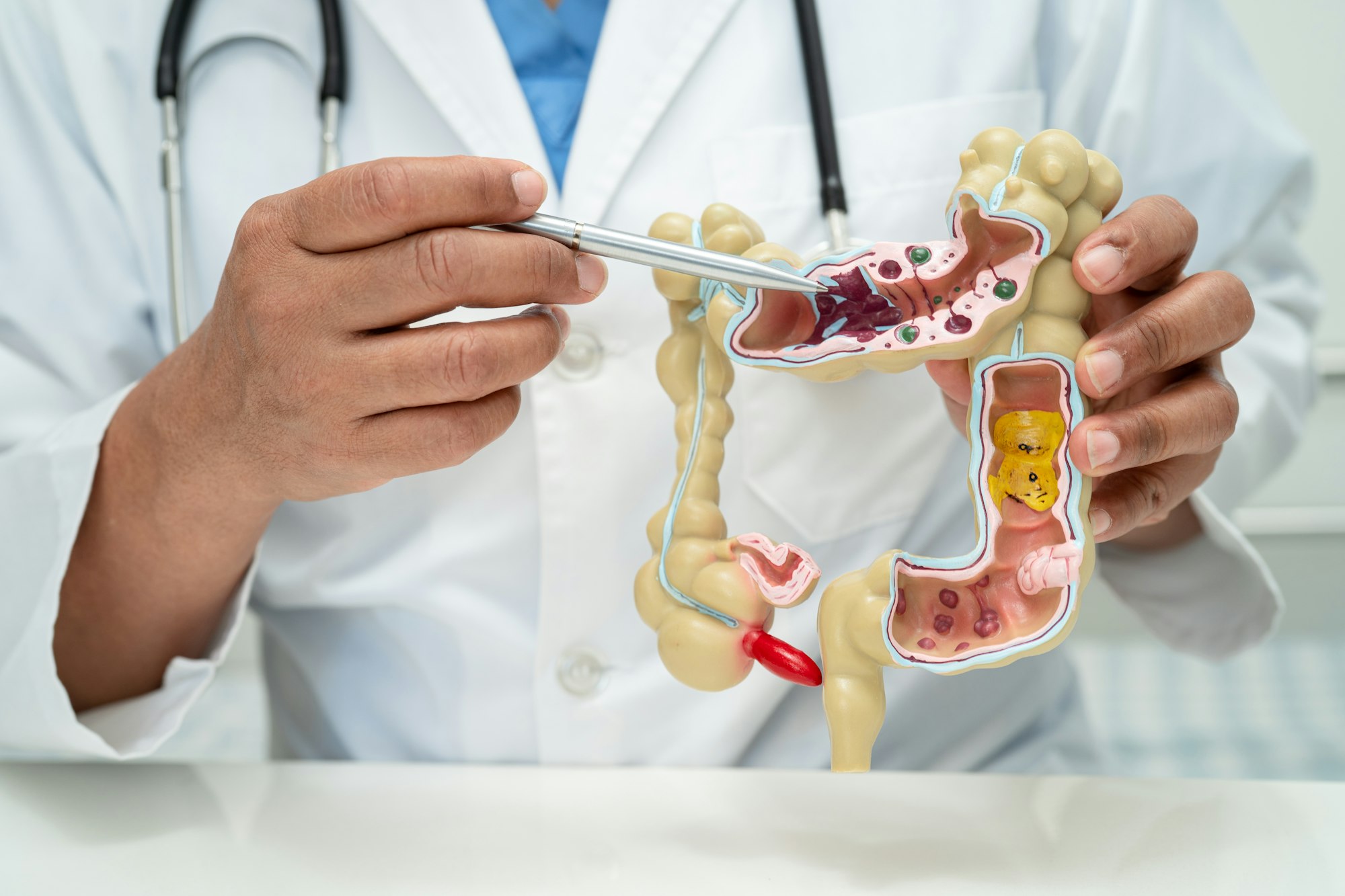The pictures we use in our articles might not show exactly what the words say. We choose these pictures to make you interested in reading more. The pictures work together with the words but don’t take their place. The words still tell you the important facts.
Have you ever wondered about the often-overlooked yet vital part of our anatomy known as the rectum? This fascinating organ serves as the final section of the digestive system, playing a crucial role in storing and eliminating waste from the body. Delve into the intriguing world of the rectum with us as we explore fascinating facts that shed light on its functions, common conditions, and ways to keep it healthy.
Key Insights into the Rectum’s Functions
- The rectum, as the last part of the digestive system, serves as a storage area for feces before elimination.
- Adopting a balanced diet and staying hydrated can promote proper bowel function and prevent rectal issues like constipation.
- The rectum contains nerve endings that can lead to pleasurable sensations during anal stimulation.
- Seeking medical attention for rectal bleeding and maintaining healthy habits are essential for overall rectal health.
Unveiling the Mysteries of the Rectum
Anatomy of the Rectum
The rectum stands as the final segment of the large intestine, where waste materials passed through the colon are temporarily stored before elimination.
Role in Elimination
Acting as a temporary repository for waste materials, the rectum signals the urge to defecate when it reaches full capacity.
Unique Shape and Position
The shape and position of the rectum can vary among individuals due to factors like age, sex, and anatomical differences.
Dealing with Hemorrhoids
Hemorrhoids, swollen blood vessels in the rectum or anus, can cause discomfort, itching, and bleeding, often due to straining or pregnancy.
Multi-Layered Muscles
Several layers of muscles in the rectum contract and relax to aid in the movement of fecal matter and facilitate voluntary control over bowel movements.
Rare Occurrence of Rectal Prolapse
In rare instances, rectal prolapse may occur, where the rectum protrudes through the anus, potentially due to weakened pelvic muscles or chronic constipation.
Connection to the Anal Canal
The rectum transitions into the anal canal, housing internal and external anal sphincters that regulate the opening and closing of the anus.
Protective Mucous Membrane Lining
The inner lining of the rectum comprises a protective layer of mucous membrane that lubricates and reduces friction during bowel movements.
Elasticity for Waste Passage
Designed to stretch and accommodate varying amounts of waste material, the rectum's elasticity facilitates the passage of stool during bowel movements.
Nurturing Rectal Health and Wellness
Importance of Nerve Supply
The vagus nerve, part of the parasympathetic nervous system, provides sensory and motor innervation to the rectum, helping regulate bowel function.
Vigilance against Rectal Cancer
Rectal cancer, a form of colorectal cancer originating in the rectum, underscores the significance of early detection through regular screenings.
Surrounding Structural Support
Surrounding structures like pelvic bones, muscles, and connective tissue offer stability and protect the rectum.
Direct Medication Absorption
Specially formulated medications can be administered rectally for direct absorption into the bloodstream, known as rectal absorption.
Role of Rectal Examinations
Healthcare professionals conduct rectal examinations to assess prostate health, detect rectal tumors, or evaluate the internal sphincter's tone.
Accurate Body Temperature Monitoring
Rectal thermometers provide precise body temperature readings, particularly beneficial for infants and young children.
Clarifying Rectum vs. Anus
Distinguishing between the rectum and anus highlights their unique functions: the rectum as the storage area within the large intestine and the anus as the external waste elimination opening.
Sensual Sensations in the Rectum
Nerve endings in the rectum can enhance pleasure during anal stimulation, emphasizing the need for communication, consent, and proper lubrication for safe experiences.
Addressing Rectal Bleeding
Prompt medical attention is crucial for rectal bleeding to identify underlying causes such as hemorrhoids, polyps, or potential serious conditions like colorectal cancer.
Empowering Healthy Rectal Practices
Balanced Diet and Hydration
Consuming a fiber-rich diet, staying hydrated, and engaging in regular physical activity promote proper bowel function and prevent constipation and straining.
Epilogue: Celebrating the Intricacies of Human Anatomy
The rectum's significance in the digestive process and overall bodily functions underscores the magnificence of our complex physiology. Its role in waste elimination and sensory experiences highlights the intricate dance of our bodily systems in maintaining health and wellness. Understanding the rectum's anatomy and functions empowers individuals to prioritize digestive health and seek appropriate care when needed.
FAQs: Addressing Common Queries on the Rectum
What is the rectum?
The rectum serves as the final segment of the large intestine, connecting the sigmoid colon to the anus.
What is the function of the rectum?
Its primary role is to store feces before their expulsion from the body.
How long is the rectum?
While lengths vary, it typically ranges between 12-15 centimeters.
Can rectal prolapse occur?
Rectal prolapse, where the rectum protrudes from the anus, is a possible condition requiring medical attention.
What disorders are associated with the rectum?
Hemorrhoids, rectal polyps, and rectal cancer are common rectal disorders.
Embark on a journey of discovery through the wondrous intricacies of the human body, starting with the enigmatic rectum and venturing into the captivating realm of anatomy and physiology. Let each fact uncovered deepen your appreciation for the body's complexities and inspire a commitment to holistic wellness.

